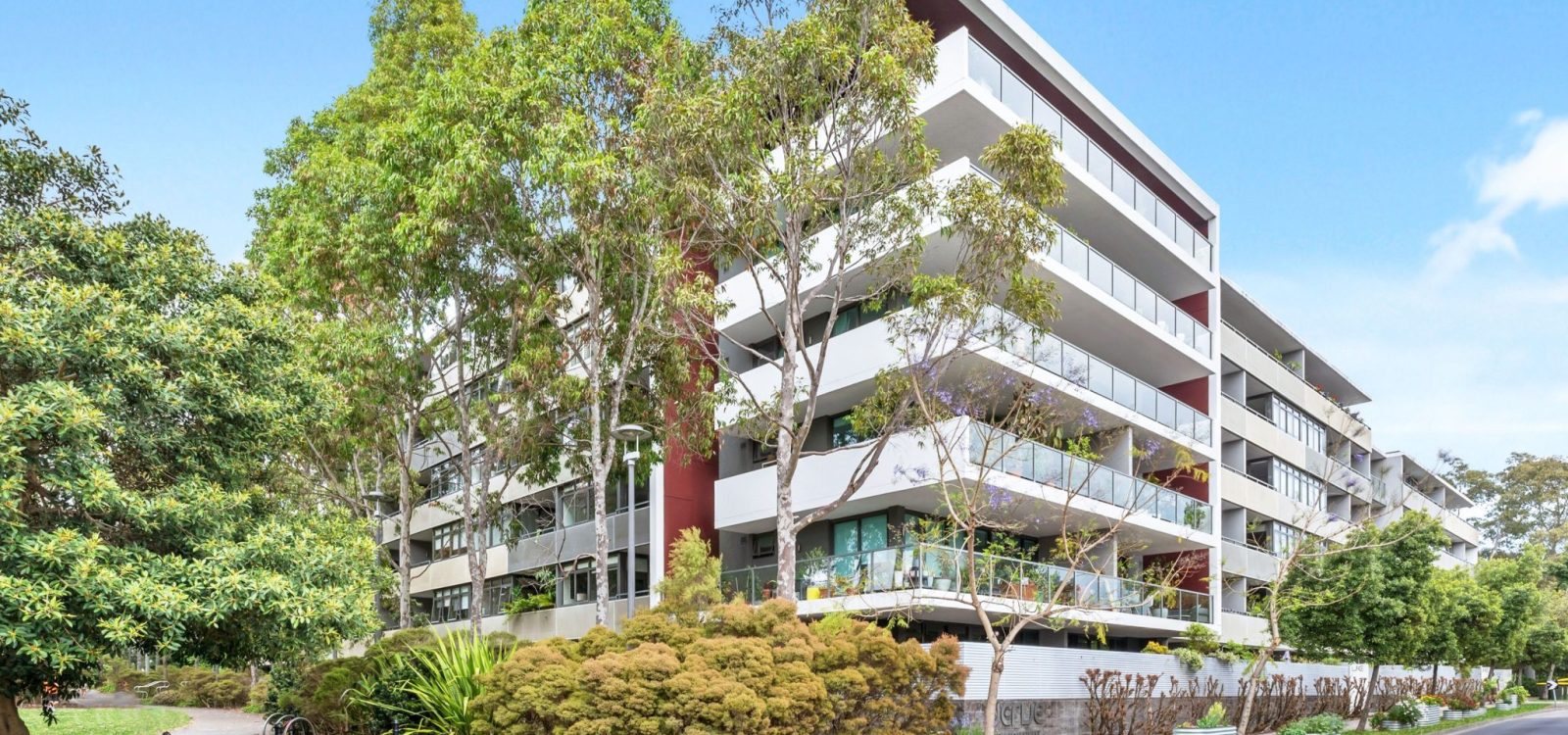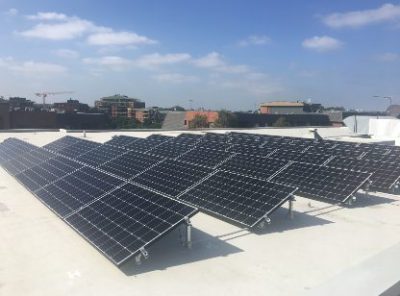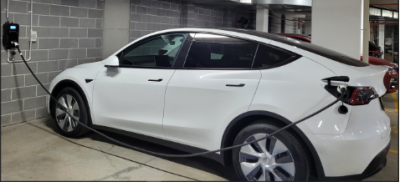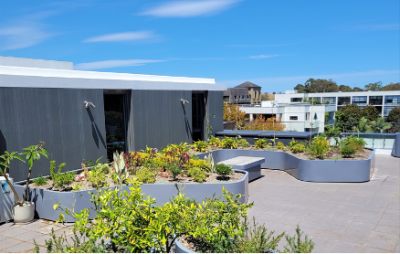
Greening an Apartment Block
A lot of people are keen to improve the environmental “friendliness“ of their home.
This can be a particular challenge for multi-owner apartment buildings. Verve, a Sydney apartment complex, has actively been pursuing a variety of solutions.
Since its opening in December 2009, the complex’s environmentally conscious strata committee and building manager, Mode Management[1], have led the charge through assistance from the City of Sydney Grants programme for environmental performance rating and assessment.
From initiatives including food scraps collections to solar panels powering communal areas to LED lighting reducing grid dependence, and the introduction of EV charging capability, Verve is working towards urban sustainability.
Solar panels
 The first major investment was the installation of solar panels on the complex’s flat roof. Because the building was already complete and occupied, the option to use solar energy for individual residents was not feasible. Instead, the solar energy is used for communal area needs such as lifts, lighting and latterly electric vehicle charging, with any excess passing to the grid.
The first major investment was the installation of solar panels on the complex’s flat roof. Because the building was already complete and occupied, the option to use solar energy for individual residents was not feasible. Instead, the solar energy is used for communal area needs such as lifts, lighting and latterly electric vehicle charging, with any excess passing to the grid.
Due to initial restrictions on the number of panels able to be installed and installation of a battery, there were limits on what could be done. However, these restrictions have now been lifted.
This resulted in achieving an initial NABERS energy rating of 4.5 out of 6 And a Renewable Energy Indicator (REI) of 32% was applied. The REI is the proportion of renewable energy that a rated building is running on.
Led lighting
The next major undertaking was to switch two floors of garage lighting and fire stair wells from fluorescent tubes to LEDs (Light emitting diodes). The LEDs are motion sensitive.
The LED installation reduced common area electricity import from the grid by 42% and solar export to the grid increased by 212%. The cost of a little over $12,000 was anticipated to be recouped in under two years.
Electric vehicle charging
Enabling EV charging capability was an expensive undertaking but over time, is expected to add to the value of residences as EV vehicles become increasingly common.
 Car parks for residents who have electric cars can have a charger (subject to certain criteria) installed. The cost to the resident includes the cost of the charger and the cost of cabling to the resident’s car park. There is also an annual fee for the external manager to maintain the EV charging arrangements.
Car parks for residents who have electric cars can have a charger (subject to certain criteria) installed. The cost to the resident includes the cost of the charger and the cost of cabling to the resident’s car park. There is also an annual fee for the external manager to maintain the EV charging arrangements.
The initial work involved receiving approval from Ausgrid and installing an additional distribution board to cope with potential demand. Cabling trays were also installed to carry cabling around the two floors of car parks. The total cost was of the order of $70,000.
NABERS rating
Our progress has been measured using the NABERS (National Australian Built Environment Rating System) scoring[2]. NABERS is a national initiative managed by the New South Wales Government – Department of Planning, Industry and Environment on behalf of the Commonwealth, State and Territory Governments. NABERS claims to be a simple, reliable sustainability rating for the built environment. NABERS provides a rating from one to six stars for building efficiency across:
- Energy
- Water
- Waste
- Indoor environment
The energy rating for the apartment complex has recently been raised to 5.5 out of a maximum of 6 and the water rating is 3.5 out of 6.
Residents
The Committee has been conscious of the costs of the various actions taken, and their benefit, including lower energy costs. Because of the costs involved these actions have been raised at either an EGM or an AGM, for debate by apartment owners. The actions have been supported and additionally, the NABERS rating is also expected to add to the value of apartments.
The total cost of the solar panels, LED lighting and EV charging is around $120,000, or the order of $1,200 per apartment over several years. It is very probable that the additional value added to each apartment, because of environmental considerations, greatly exceeds this relatively minor cost.
Where to now?
A number of suggestions have been made to further improve the energy efficiency of the apartment complex including:
- Installing a 30 kWh battery to retain around 60% of the electricity currently exported to the grid. The cost would be around $26,000, with a long (15-year) payback period.
- The battery could be accompanied by additional solar panels (up to 25 kW). The cost increases to around $63,000 but the estimated payback period reduces to around 12 years.
- Common area imported electricity could be moved to GreenPower (accredited, renewable energy sourced from solar, wind, hydro and waste-to-energy electricity generators). This could be done 100%, or just to 81% which would bring the REI close to 100%. The latter option would cost around $2,000pa for the complex.
The Committee will be considering its options and balancing them against other priorities, with the move to GreenPower expected to be adopted in the near future.
Readers who are interested in improving the energy efficiency and water ratings of their own houses or apartment buildings may wish to consider some of the initiatives described in this article. Suggestions that have been adopted in other residential complexes would also be welcome.
References
CPD: Actuaries Institute Members can claim two CPD points for every hour of reading articles on Actuaries Digital.







